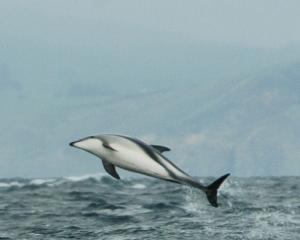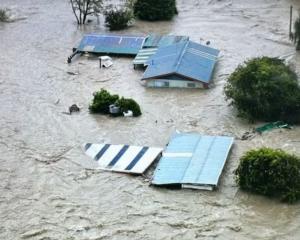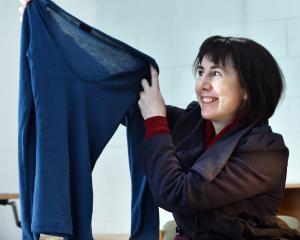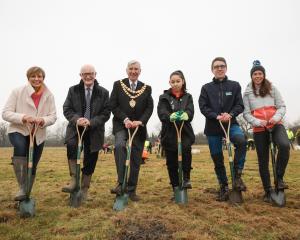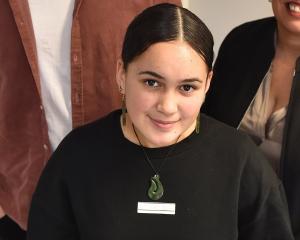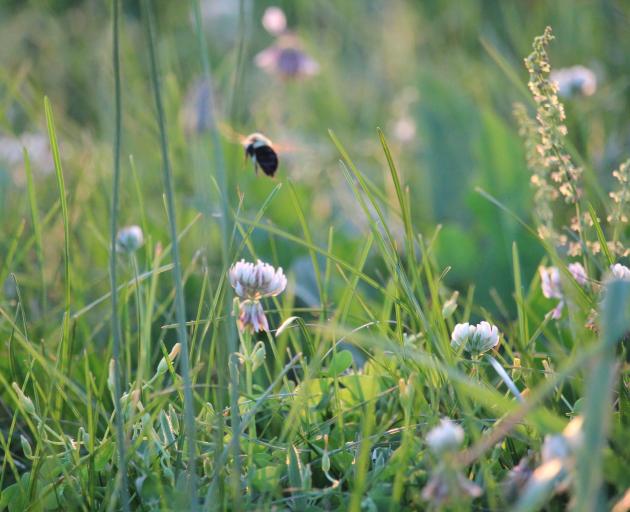

Do you think you could leave your lawn growing for the month of November? In the United Kingdom, the No-Mow-May campaign has gained traction and many councils, organisations and households undertook to let their lawns grow during the month of May — spring in the northern hemisphere.
Not mowing benefits biodiversity and cuts carbon emissions. UK conservation organisation Plantlife calculated that Britain’s millions of lawns cover up to 125,000ha and could be cut as many as 30 million times a year under a weekly regime. That could consume 45 million litres of petrol resulting in 80,000 tonnes of carbon dioxide emissions.
Plantlife started the No-Mow-May campaign in the UK in 2019. The aim was to let wildflowers bloom and encourage bees and other insects to thrive in grass areas — as well as encourage people to interact with nature. Now, the no-mow movement is spreading. Cities in Europe and the United States are also adopting the no-mow practice. In Milan, Italy, tram tracks sit in unmown grass rather than seal. This is so that when it rains there is a larger area in the city for water to be absorbed.
In terms of no-mow in Aotearoa, I asked Assoc Prof Janice Lord, from the University of Otago’s botany department, what the benefits would be. She said a no-mow is best when combined with wildflowers. However, even just longer grass improves soil aeration, she says, which is great for soil macroinvertebrates such as earthworms. (Native earthworms are restricted to forests).
A greater diversity of flowering plants, especially simple wildflowers, could benefit native bees, moths and hoverflies. Encouraging these insects into your garden in spring would help improve the pollination of spring-flowering fruit trees and berries, such as strawberries. It seems that not mowing and encouraging wild flowers would be beneficial for biodiversity as well as your strawberry patch!
There have been many calls for a norm change from carefully manicured lawns to more productive spaces, whether that be for biodiversity or edible productivity. American writer Michael Pollan has written about a lawn as status, "nature under culture’s boot", and connection, as having a well-manicured lawn is seen as a badge of being a good neighbour. He discusses the toil and mahi involved in maintaining a pristine and well-mowed lawn and describes his family’s attempts at going against the norm.
Similarly, in an article in The Spinoff, Anthea Rhodes estimated Aucklanders spend $131 million a year on lawns and noted the time, energy and resources involved.
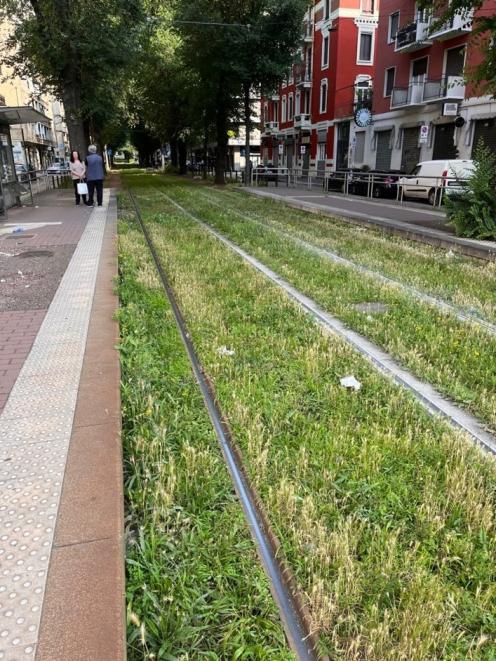
There have been several other calls over the years to stop mowing. For example, in the Otago Daily Times in 2009, Gillian Vine asked if the mower was extinct? She discussed the negatives of mown lawns, such as the chemicals, mower use and water consumption, and provided suggestions for alternatives, such as camomile or thyme or a native groundcover such as Mercury Bay weed.
But is a no-mow month a good idea? Yes and no it would seem. There is good support for the concept of not mowing lawns, but opinions diverge if at the end of the month, the lawns are mown as usual. The one month of growth results in an increase of biodiversity but when the lawn is mown again, it can cause issues for the newly established biodiversity.
Either gradually re-introducing mowing or having areas in which grass has been replaced with something else, might be better options.
Fire hazard often comes up in the no-mow debates. For example, in other articles in the ODT, residents have been encouraged to keep lawns short around homes, cribs and farm sheds, while earlier this year, Southland residents were discouraged from mowing lawns in case a spark set the tinder dry grass alight.
Interestingly, in 2020 it was reported ACC had paid out more than $20 million over five years for mowing accidents.
The bigger issue that needs addressing in all of this is increasing biodiversity.
No-mow-ember is one way to increase awareness but in the long term we need to deliberately create biodiverse spaces across as many areas as possible. While it is quite a cultural shift to see an area that was once cultivated lawn, looking "tidy and kept", become an area that has long grass, wild flowers and other alternatives, we need to shift these outdated norms.
We need to create biodiverse areas to deal with excessive and/or a lack of rainfall, enabling insects and other animals to thrive and help reduce and absorb carbon and build resilience for changing weather patterns.
So, before you sign that mowing contract ... pause and consider the alternatives. How might you increase biodiversity around your workplace and home? Give No-mow-ember a go, then keep it going and enjoy the new look and the benefits it provides!
Prof Sara Walton is co-director of He Kaupapa Hononga and director of the master of sustainable business at the University of Otago.

